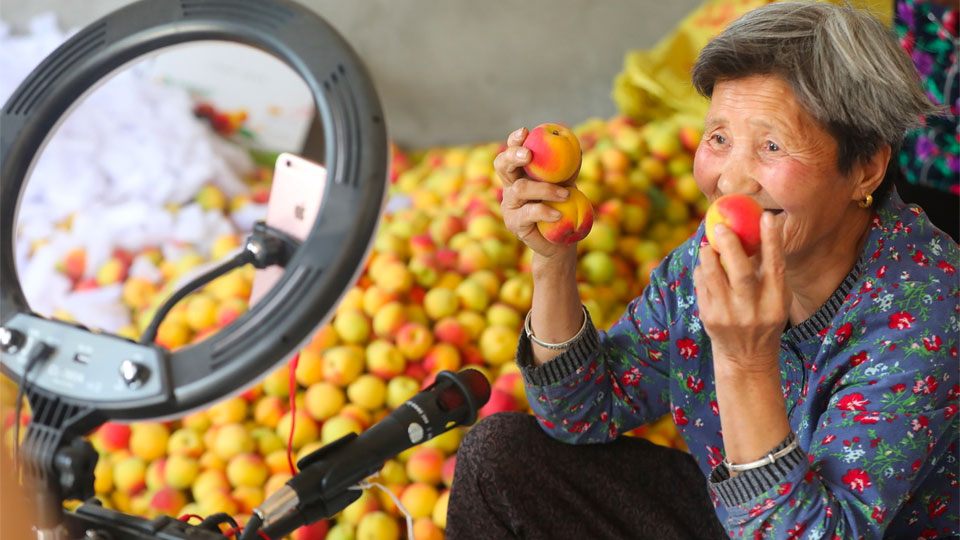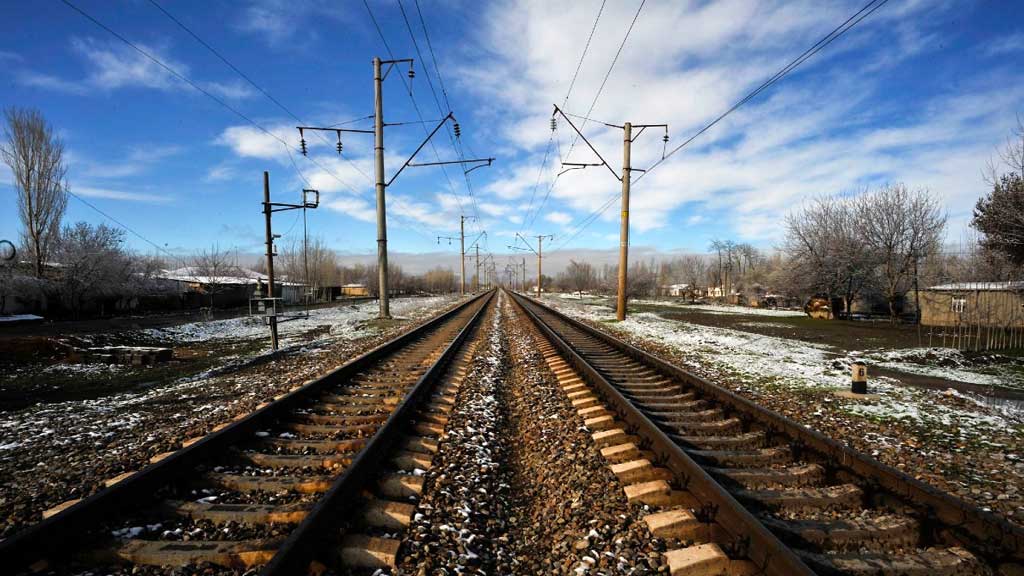
Digitalization is a key driver of competitiveness and development. As the world takes the path to unprecedented digital advancement, Asia continues to be a powerhouse of digital transformations in a wide range of areas from microchip manufacturing to electric vehicles, from digital currency to e-commerce.
Coronavirus (COVID-19) pandemic has accelerated digital transformations, but not all countries have benefitted equally. For example, rural farmers in the People’s Republic of China (PRC) were able to take advantage of existing digital mobile network, digital payment, and logistic services to find alternative markets and sell their produce online. Many turned to established e-commerce platforms, such as, Pinduoduo, Taobao, and JD, and doing so innovatively via live-streaming.
In contrast, rural farmers in some other parts of Asia struggled to keep their livelihoods during the pandemic. Without access to face-to-face trades due to lockdowns, let alone selling online, many had to live with little or no income.
Businesses of micro, small, and medium-sized enterprises (MSMEs) in many parts of Asia also suffered during the pandemic. Even in ordinary circumstances, persistent barriers such as poor and costly infrastructure, poor digital literacy, and limited government support hinder the growth of MSMEs in many developing economies. Inevitably, during COVID, many MSMEs failed to capitalize on the pandemic-triggered digital transformation.
The above are some of the issues discussed in a dialogue organized by the ADB-PRC Regional Knowledge Sharing Initiatives (RKSI) and the Ministry of Finance, the PRC, on the topic of digital transformation and regional cooperation.
The forum acknowledged that despite the many opportunities presented by the digital economy in Asia, a great part of the region’s digital potential remains untapped, and key regulatory, infrastructural, financial, and capacity challenges remain. There is also a widening digital divide among countries that are under-connected and those that are digitalized.
Prevailing digital infrastructure and non-infrastructure gaps, specifically in e-commerce across Central Asia, are highlighted in a Central Asia Regional Economic Cooperation Program (CAREC) Institute study. The study shows that e-commerce development among CAREC countries is highly varied and key gaps remain. These gaps include those in basic digital infrastructure and regulatory policies resulting in a lack of economic opportunities, income inequality and weaknesses in the business environment.
A solution to bridge this gap and drive an inclusive digital growth is regional cooperation.
In 2021, ministers from Central Asia Regional Economic Cooperation (CAREC) member countries endorsed the Digital Strategy 2030, which identifies areas that can catalyze collaboration and digitalization in the region. Similarly, Greater Mekong Subregion (GMS) countries are considering a proposal to promote and enhance cooperation in the digital economy, leveraging on the GMS cross-border e-commerce cooperation platform.
Region-wide cooperation allows governments and stakeholders to coordinate policies, share costs of building and maintaining infrastructure, and expand markets to advance the digital economy. Regional cooperation mechanisms also help build trust and harmonization that are crucial for digital development among countries. In turn, digital advancement promotes regional cooperation in trade, finance, transport, energy, and other sectors.
To make inclusive digital transformation a reality, cooperation must extend beyond the public sector and encourage collaboration with partners from international organizations, private businesses, MSMEs, civil society, and other stakeholders.
Regional cooperation offers great potential to level the field and ensure that no one is left behind in the digital economy. Regional cooperation also means sharing and learning from country experiences across the region. There are rich lessons and inspirational stories from not just digital-focused firms, but also individuals with digital skills, who have transformed their lives and that of their families and communities waiting to be heard and shared.
Regional focused platforms such as CAREC, GMS, and RKSI, play a crucial role on this front in facilitating such cross-border knowledge exchanges and partnerships to ensure inclusive and sustainable development, and improve people’s wellbeing.
Authors

Hsiao Chink Tang
Senior Economist, East Asia Department, Asian Development Bank

Anne Cortez
RKSI Communication Specialist



















